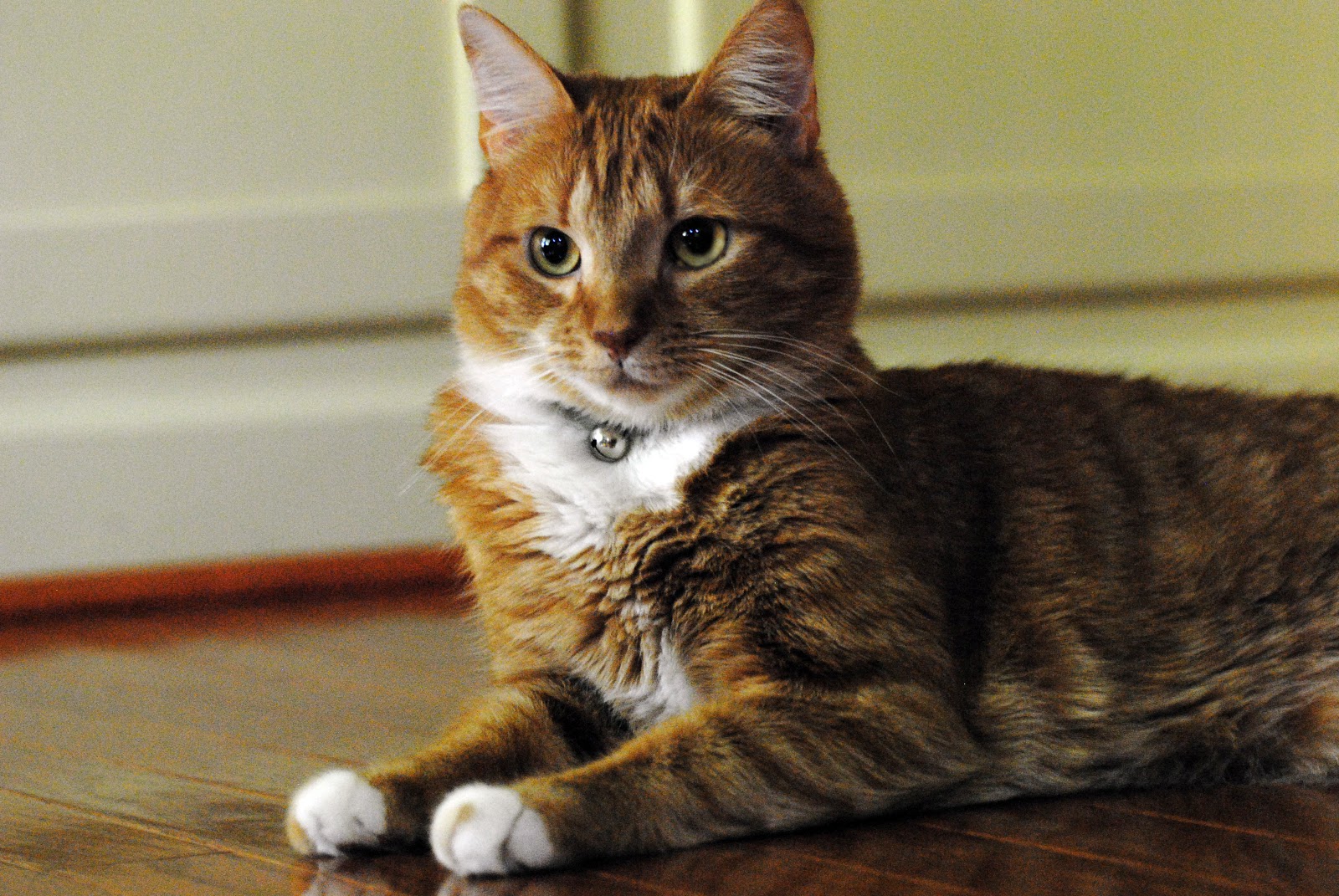
Cat litter and litter boxes play an essential role in the lives of both felines and their owners. From the modest beginnings of sand and soil to the innovative improvements these days, the world of cat litter has actually evolved considerably. In this detailed guide, we look into every aspect of cat litter and litter boxes, exploring their history, types, benefits, challenges, and everything in between.
The history of cat litter dates back centuries, with ancient civilizations using sand, soil, and even ashes as primitive litter materials. However, it wasn't up until the mid-20th century that contemporary cat litter as we understand it emerged. In 1947, Edward Lowe presented the world's very first business cat litter made from absorbent clay, changing the method felines relieved themselves inside. Since then, cat litter has gone through many improvements, with the intro of clumping litter, silica gel litter, eco-friendly alternatives, and more.
Today, feline owners are ruined for choice when it comes to selecting the right litter for their feline companions. Traditional clay litter stays popular for its price and efficiency in taking in odors. Clumping litter, which forms solid clumps when wet, streamlines cleansing and upkeep. Silica gel litter, composed of highly absorbent silica crystals, offers superior smell control and longevity. Biodegradable options, such as recycled paper, wood pellets, corn, and wheat, interest ecologically conscious consumers.
Each kind of cat litter provides unique benefits. Clay litter stands out in its capability to absorb moisture and control smells, making it a trusted option for numerous cat owners. Clumping litter streamlines daily scooping and extends the time between total litter changes. Silica gel litter provides exceptional odor control and can last longer between replacements. Eco-friendly litters provide a sustainable alternative that minimizes Tofu Cat Litter ecological impact.
While cat litter enhances indoor feline health, it is not without its obstacles. Dust from clay litter can present respiratory risks for both felines and people, prompting the appeal of dust-free alternatives. Some felines might develop litter box hostility due to problems with texture, scent, or tidiness, demanding experimentation with various litters and box configurations. Multi-cat families may require tactical litter box placement and regular maintenance to avoid territorial conflicts and ensure all felines have access to clean centers.
Choosing the appropriate litter box is necessary for promoting favorable litter box habits and general feline well-being. Aspects to consider consist of size, ease of access, and design choices. Covered litter boxes provide personal privacy and assistance contain smells, but some cats might find them restricting or daunting. Open-top litter boxes use easy gain access to and presence but might lead to more litter scatter. wood pellets cat litter Automatic self-cleaning litter boxes improve upkeep but need regular monitoring and maintenance.
Proper litter box maintenance is vital for ensuring a tidy and welcoming environment for both cats and their owners. Daily scooping gets rid of waste promptly, lessening smell and dissuading litter box hostility. Routine litter replacement, generally every 1-2 weeks, avoids bacterial accumulation and maintains ideal absorbency. Extensive cleansing with mild detergent and water, avoiding severe chemicals that might hinder cats from using package, need to be performed monthly.
Cat litter and litter boxes play a central function in cultivating a healthy and unified relationship between cats and their cat litter box human companions. With a varied selection of litter options and litter box designs offered, feline owners have the versatility to customize their options to suit their cats' choices and family needs. By understanding the development, types, advantages, and difficulties of cat litter and litter boxes, family pet owners can provide their feline good friends with a comfy and hygienic indoor environment.